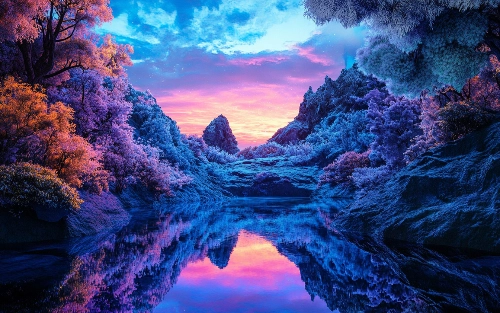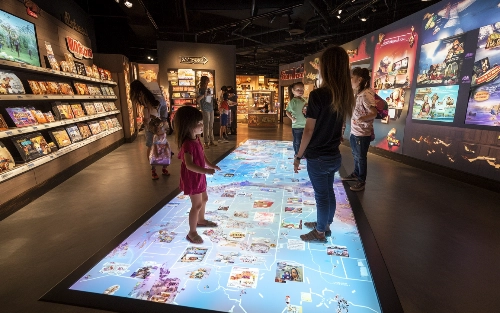In the dynamic world of advertising and event management, one technology has emerged as a game-changer: the outdoor rental LED screen. These versatile displays have revolutionized the way businesses and event organizers capture attention and convey messages. This article delves into the world of outdoor rental LED screens, exploring their evolution, benefits, and applications.
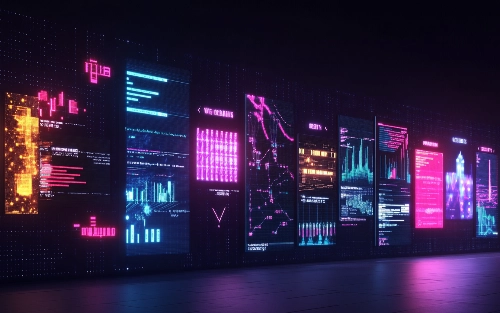
The Rise of LED Technology
The journey of LED technology began in the 1960s with the invention of the first LED light. Over the decades, LEDs have evolved from simple indicator lights to complex display systems. The outdoor rental LED screen is a testament to this technological advancement. These screens are now a staple at concerts, sporting events, and commercial advertisements due to their high visibility and durability.
Key Features of Outdoor Rental LED Screens
One of the most significant advantages of outdoor rental LED screens is their adaptability. These screens are designed to withstand various weather conditions, making them ideal for outdoor use. They are also energy-efficient, which is a crucial consideration in today's environmentally conscious world. The brightness of these screens can be adjusted to ensure optimal visibility, even in direct sunlight.
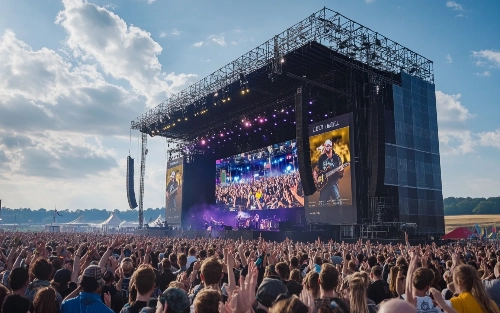
Applications of Outdoor Rental LED Screens
Event Promotions
Outdoor rental LED screens have become indispensable for event promotions. Whether it's a music festival, a sports event, or a corporate conference, these screens provide a platform for real-time updates, sponsor advertisements, and live streaming. The ability to display high-resolution images and videos makes them a favorite among event organizers.
Public Information Displays
In public spaces, outdoor rental LED screens serve as a hub for information dissemination. They can display news updates, weather forecasts, and emergency alerts, ensuring that the public is well-informed. Their large size and vibrant colors make them hard to miss, which is essential for conveying critical information quickly.
Advertising and Branding
For businesses, outdoor rental LED screens offer a powerful advertising tool. They can display eye-catching advertisements that are hard to ignore, increasing brand visibility and recall. The dynamic nature of LED screens allows for creative content that can be updated in real-time, keeping the advertisements fresh and engaging.

Technical Specifications and Maintenance
Understanding the technical specifications of outdoor rental LED screens is crucial for their effective use. Factors such as pixel pitch, resolution, and refresh rate determine the quality of the display. A lower pixel pitch results in a higher resolution image, which is essential for clear and detailed visuals. Regular maintenance is also key to ensuring the longevity and performance of these screens.
Pixel Pitch and Resolution
The pixel pitch of an outdoor rental LED screen refers to the distance between the centers of two adjacent pixels. A smaller pixel pitch means a higher pixel density, which translates to a clearer and more detailed image. For outdoor applications, a pixel pitch of 4mm to 10mm is typically used to ensure visibility from a distance.
Refresh Rate and Flicker-Free Experience
The refresh rate of an outdoor rental LED screen is the number of times the image is updated per second. A higher refresh rate reduces the flicker effect, providing a smoother visual experience. This is particularly important for live events where the screen is displaying fast-moving images.
Brightness and Contrast Ratio
Brightness is a critical factor for outdoor rental LED screens, as they need to be visible in a variety of lighting conditions. A high brightness level, typically measured in nits, ensures that the screen is easily seen even in direct sunlight. The contrast ratio, which is the difference between the brightest white and the darkest black, also plays a role in the overall image quality.
Maintenance and Durability
Outdoor rental LED screens are built to withstand the elements, but they still require regular maintenance to ensure optimal performance. This includes cleaning the screens to remove dust and dirt, which can affect brightness and image quality. Checking for any dead pixels and replacing them promptly is also essential. Durability is enhanced by using high-quality materials and components that can resist moisture, heat, and other environmental factors.
Cost-Effectiveness and ROI
Investing in outdoor rental LED screens may seem like a significant expense, but the return on investment (ROI) can be substantial. These screens can be rented for specific events, reducing the need for long-term investment. The increased visibility and engagement they provide can lead to higher ticket sales, more significant advertising revenue, and greater brand exposure.
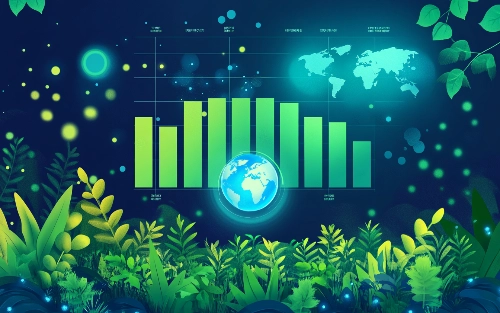
Environmental Considerations
As the world becomes more environmentally conscious, the energy efficiency of outdoor rental LED screens is a significant selling point. LEDs consume less power than traditional lighting, reducing the carbon footprint of events and advertisements. Additionally, the longevity of LED screens means they have a lower replacement rate, further reducing waste.
Future Trends in Outdoor Rental LED Screens
The future of outdoor rental LED screens looks bright, with advancements in technology promising even more impressive displays. We can expect to see screens with higher resolutions, faster refresh rates, and more interactive features. Augmented reality (AR) and virtual reality (VR) integration could also change the way we interact with these screens, providing immersive experiences for viewers.
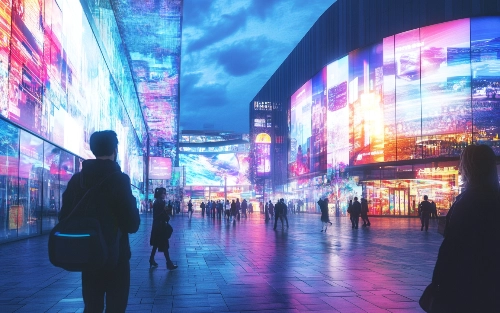
Conclusion
Outdoor rental LED screens have come a long way since their inception. They have transformed the way we communicate, advertise, and entertain in outdoor settings. Their versatility, durability, and technological capabilities make them an invaluable tool for businesses and event organizers alike. As technology continues to evolve, we can expect outdoor rental LED screens to become even more integral to our daily lives, providing us with vibrant, dynamic, and engaging visual experiences.







